The pandemic has undoubtedly changed education. COVID-19 has disrupted the education system in ways unimaginable before this year. However, some may argue that it has only sped up technological and structural changes that were meant to happen eventually. Below, we are going to discuss the different educational trends on the rise and how students can expect classrooms to evolve in the future.
Upgrading to hybrid classrooms
The age of standard classrooms with rows of desks and a whiteboard is over. Teaching spaces are reconfiguring themselves to accommodate different kinds of lectures. Because of the pandemic, social distancing is bringing its own requirements to flexible classroom arrangements.
Hybrid classrooms are now becoming the norm, with some students having to learn remotely while others remain in physical settings. Studies cited on The Next Web claim that altering classrooms could affect academic progress by 25%. Because of this, students need to demand that their schools invest in equipping learning spaces with the right audio and streaming technologies. This ensures that students tuning in online can hear classroom discussions properly while also being able to actively participate in class.
Integrating home and school
These days, our home is our classroom. With distance learning becoming the norm, both students and teachers need to learn how to effectively work from home.
In our ‘Golden Key Working From Home Survival Guide’, we discussed the challenges of working from home, especially when it comes to mental health and motivation. Beyond that however, it becomes especially difficult for individuals who live under the same roof with a large family. Students and teachers who live in a household where the rest are also working from home may encounter bandwidth limitations or even just finding a peaceful space to learn may be a struggle.
In another study about starting a daycare at home on ZenBusiness, it notes that 66.4% of mothers with children younger than six are currently employed. For employed fathers of children younger than 18, the figure is 93.4%. Given these numbers, Today’s Lisa Tolin suggests that many parents are struggling to adapt to working from home while also monitoring their children’s school work and still have enough personal time. That’s why, as stated in the ZenBusiness article, some mothers have even begun to blend their work lives and childcare together and make a business out of it. But obviously this doesn’t work for everyone.
While distance learning may have made education more accessible for some, others argue that it has exclusionary aspects as well, especially for students with chaotic or less than conducive household environments.
From ‘chalk and talk’ to blended learning
Even prior to the pandemic, teaching had been moving away from the old ‘chalk and talk’ model and towards blended learning styles. Chalk and talk is an instructional model where the teacher is the primary source of knowledge, and where knowledge is being conveyed to students from a top-down approach. Now, teaching styles have been making use of other approaches, such as working in small groups where different groups may be given different tasks based on their abilities and interests.
A Harvard study found that students learn more during active learning sessions than traditional lectures. Interactive teaching styles, given the disruptive nature of the pandemic, will only increase with the evolution of classrooms. Individualized, self-paced and student-driven learning will slowly become the norm. What’s more is that Forbes predicts that immersive mixed-reality experiences which blend AR and VR technologies will go on to lead this new learning style.
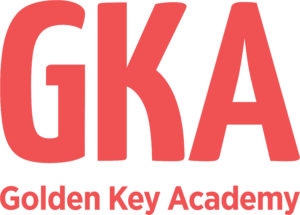
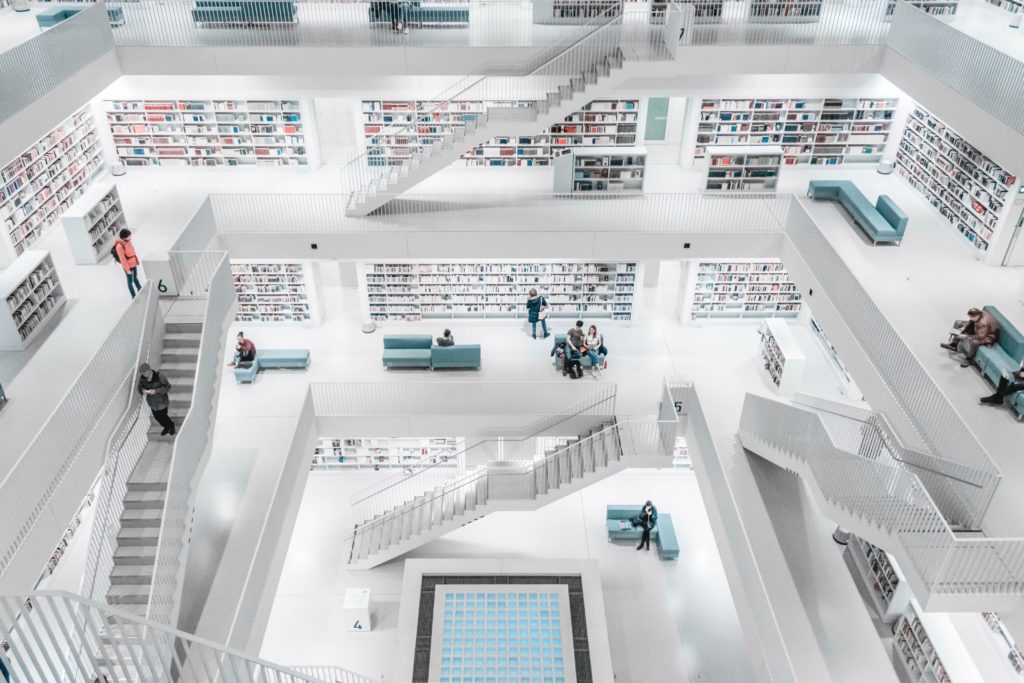

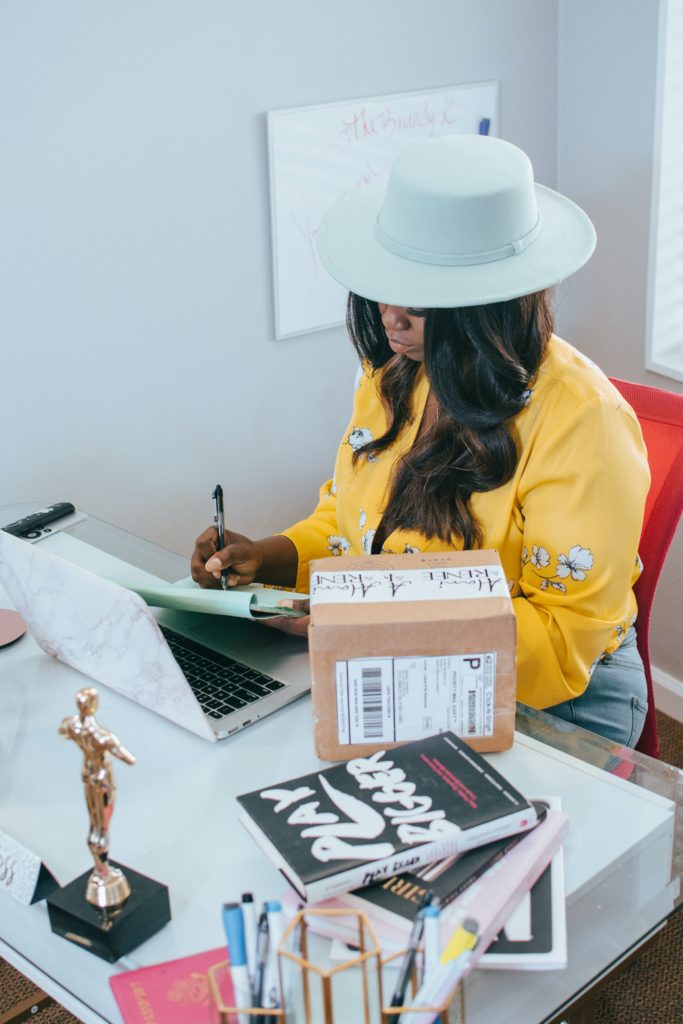
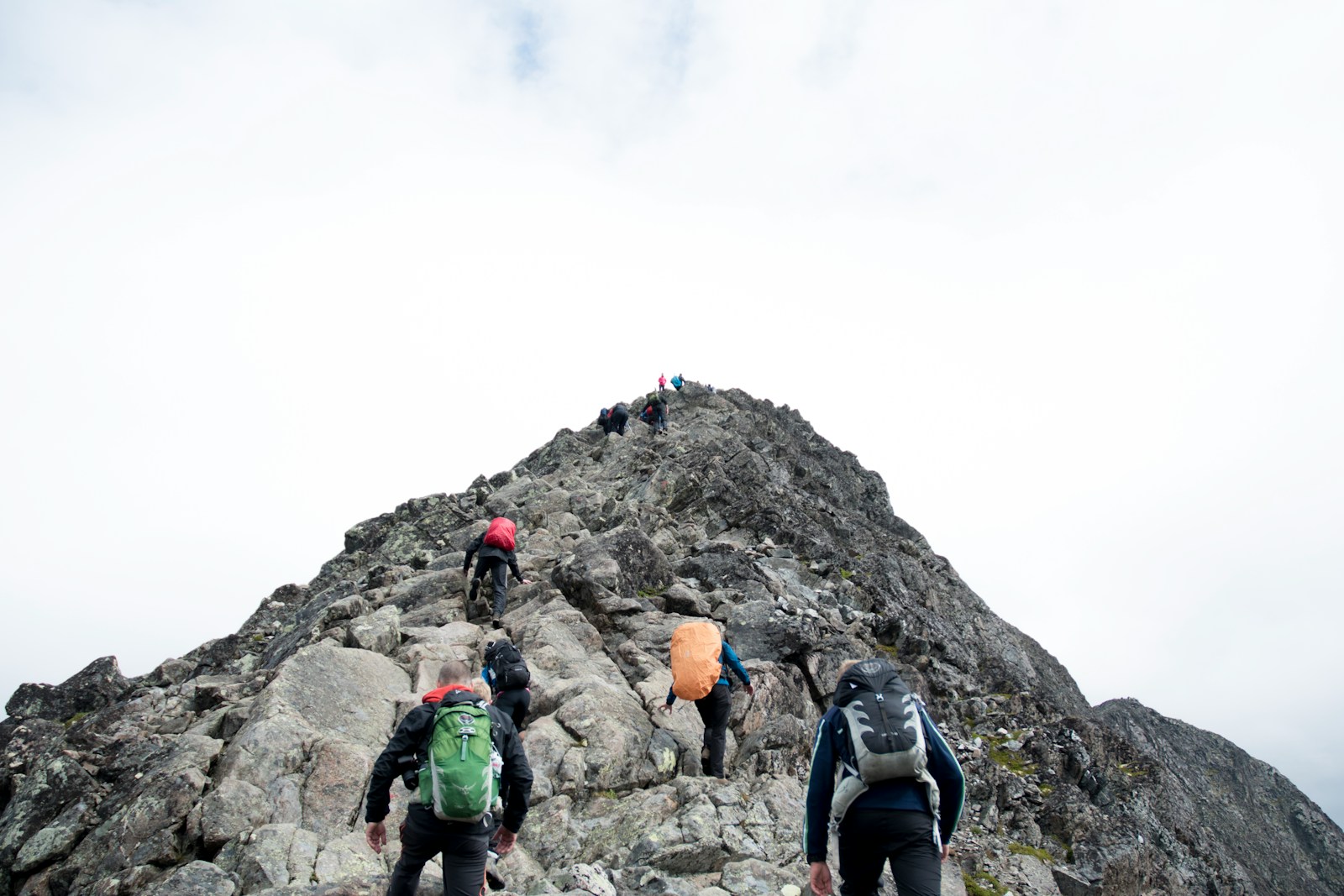
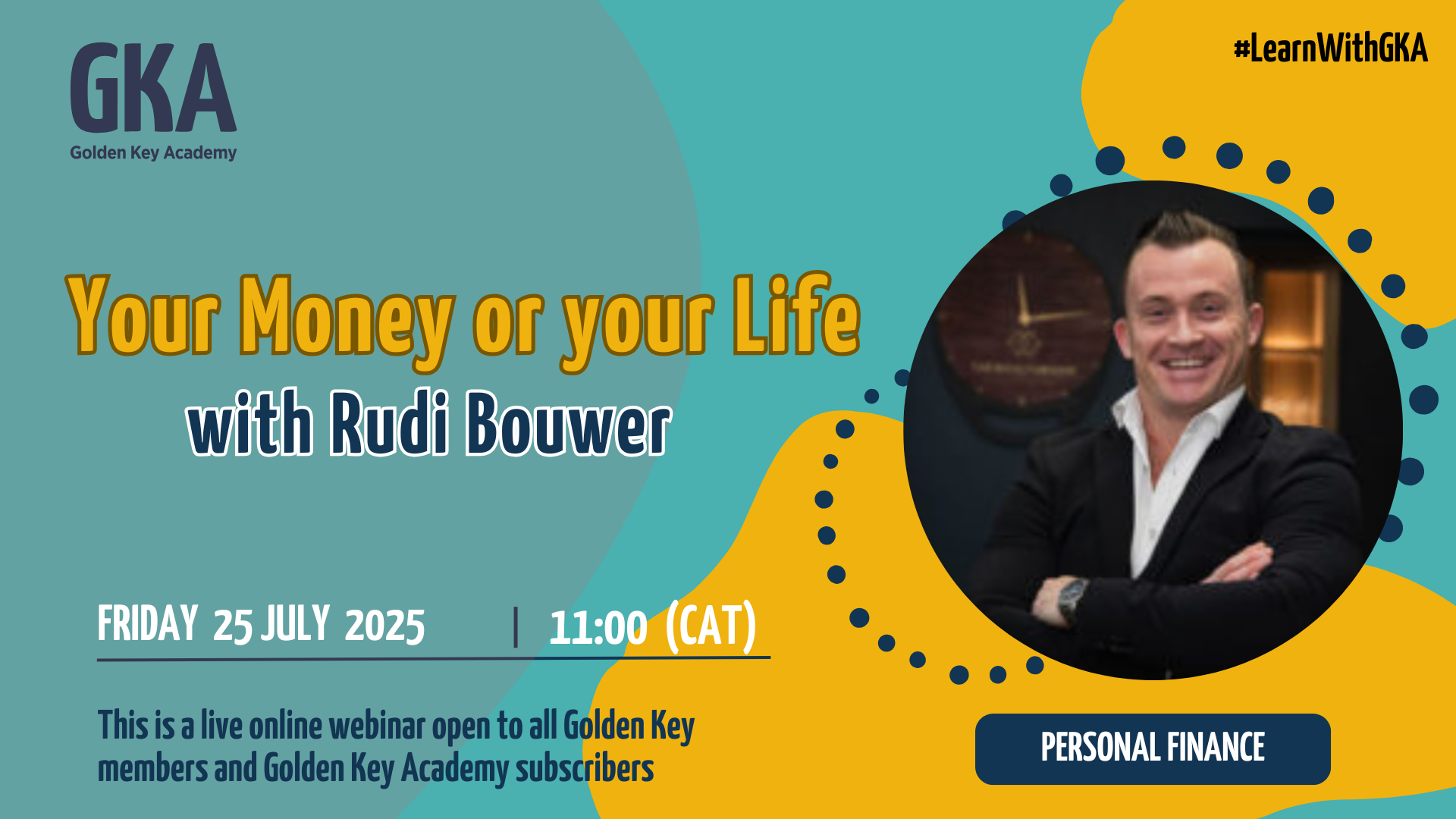




One Comment
Excellent article. Thank you for sharing. I am finding it difficult to implement blended approaches as the basic knowledge is not in place. Learners that come from different informal settlements find it difficult to cope as they struggle to manage themselves. We find it difficult to reach many of our learners due to data cost and lack of resources. Agree 100 percent that it is important to move towards blended learning styles.
Take Care
N. Nagesar